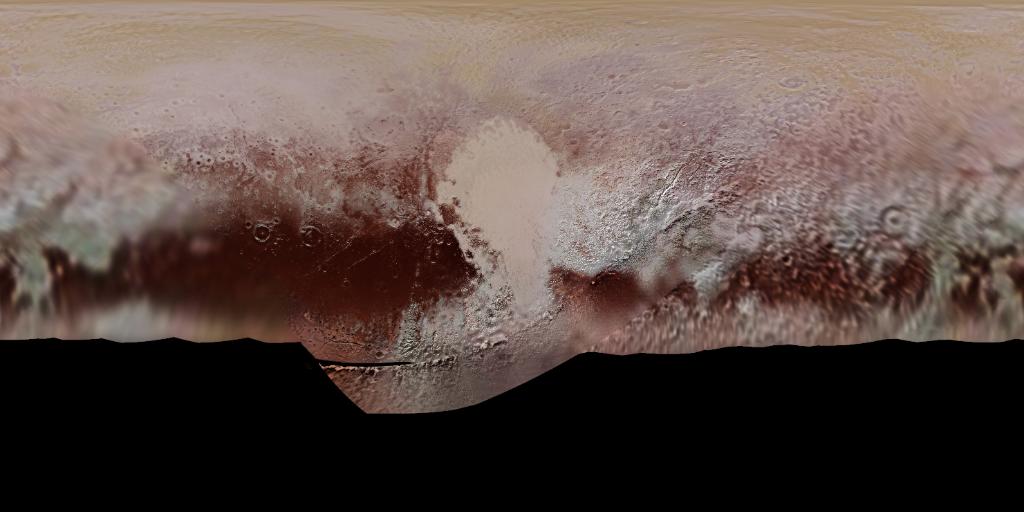Eugene Cernan sur la Lune, le 12 décembre 1972
Non. Ce n'est de votre temps. Mais de vos parents et de vos professeurs. Le jour où un astronaute américain s'est promené sur la lune. C'était le 20 juin 1968. Nous n'avons pas dormi de la nuit, rien que pour regarder live sur la télévision cet incroyable événement.
Et bien, le dernier homme à avoir foulé la surface de la Lune en 1972 fut l'Américain Eugene Cernan. Il vient de mourir à l'âge de 82 ans, le dernier lundi 16 janvier 2017.
Neil Amstrong sur la Lune, 1968
Le premier homme à avoir marché sur la Lune, Neil Armstrong, est mort le 25 août 2012.
Le dernier homme à avoir marché sur la Lune, Eugene Cernan, est beaucoup moins connu vient de mourir.
Cela a afait quarante quatre ans, vendredi 14 décembre 2016, que son pied a quitté le sol de notre satellite, trois jours après l’alunissage de la mission Apollo 17.
Apollo 17 Commander Eugene Cernan and the U.S. flag on the lunar surface.
Credits: NASA
Notes biographiques:
Après un cursus universitaire scientifique,Eugene Cernan devient pilote d'avion de chasse dans la marine de guerre américaine. Il est recruté dans le corps des astronautes en 1963 par la NASA.
Eugene Cernan pendant sa marche sur ls Lune
Juin, 1966, Gemini IXA
Juin, 1966, Gemini IXA
crédits: NASA
Cernan est un des deux astronautes de la mission Gemini 9 au cours de laquelle il effectue la deuxième sortie extravéhiculaire américaine. Il est copilote à bord du module lunaire de la mission Apollo 10 qui effectue une répétition de l'atterrissage sur la Lune en s'approchant à moins de 14 km de sa surface.
Enfin, il est le commandant de la mission Apollo 17, la dernière mission du programme Apollo et à ce titre le dernier homme à avoir marché sur la Lune.
Au cours de celle-ci, Cernan effectue avec Harrison H. Schmitt trois sorties extravéhiculaires sur le sol lunaire d'une durée totale de 22 heures 4 minutes dans la vallée Taurus-Littrow.
La bille bleue
la Terre vue par les membres de la mission Apollo 17
Les deux astronautes collectent 110 kilogrammes de roches lunaires et parcourent à bord de leur véhicule 36 kilomètres, établissant un nouveau record dans tous ces domaines.
Sur la liste des douze hommes ayant marché sur la Lune que publiait le New York Times après la mort de Neil Armstrong, Gene Cernan est listé en avant-dernier, pour une raison subtile: son coéquipier, le scientifique Harrison Schmitt, est devenu le dernier homme à poser le pied pour la première fois sur la Lune car il est sorti après lui du module lunaire, mais il y est aussi rentré avant lui, laissant à Cernan le titre de dernier homme sur la Lune.
Cernan/ Apollo 17
Taurus-Littrow
"Alors que nous quittons la Lune à Taurus-Littrow [une vallée lunaire, NDLR], nous partons comme nous sommes arrivés et, si Dieu le veut, comme nous reviendrons, en paix et avec de l’espoir pour toute l’humanité. Bon vent à l’équipage d’Apollo 17"
Eugene Cernan
Les missions Apollo 18, 19 et 20, prévues au programme, avaient auparavant été reportées puis annulées par la Nasa en 1970.
New Horizons Alan Stern comtent des premiers images du voyage à Pluto
crédits: NASA
Après lui, le prochain humain sur la Lune pourrait y aller, non pas au nom d’un pays ou de l’humanité, mais en tourisme privé, peut-être?
Pour le moment, Alan Stern, ancien administrateur de la direction des missions scientifiques de la Nasa conduit son programme New Horizons le voyage à Pluto commencé en 2015.
New Horizons pendant le survol de Pluto en juillet 2015.
crédits: NASA/JHUAPL/SwRI
Le premier ensemble d'images et d'autres données recueillies par le vaisseau spatial New Horizons de la NASA lors du survol du 14 juillet de Pluton, retourné à la Terre le 15 juillet, a obligé les scientifiques du projet à réévaluer leur compréhension de la planète nain et de ses lunes.
Éducation:
A propos du concours Faites voyager vos histoires dans l'espace, et du premier astronaute français dans l'espace, Thomas Pesquet, les enseignants de sciences et langues peuvent inviter les étudiants à connaître un peu mieux la grande odyssée de l'espace dès 1968 jusqu'à présent, en passant par le dernier astronaute qui a marché sur la Lune, Eugene Cernan.
Et puisque ils ont certainement accomgné len direct le survol Space Horizons à Pluto, faites-leur découvrir toutes les nouveautés en ligne sur le site NASA.
C'est sûr que ça leur donnera des idées pour créer son histoire à présenter au concours.
G-Souto
20.01.2017

A propos du concours Faites voyager vos histoires dans l'espace, et du premier astronaute français dans l'espace, Thomas Pesquet, les enseignants de sciences et langues peuvent inviter les étudiants à connaître un peu mieux la grande odyssée de l'espace dès 1968 jusqu'à présent, en passant par le dernier astronaute qui a marché sur la Lune, Eugene Cernan.
Et puisque ils ont certainement accomgné len direct le survol Space Horizons à Pluto, faites-leur découvrir toutes les nouveautés en ligne sur le site NASA.
C'est sûr que ça leur donnera des idées pour créer son histoire à présenter au concours.
G-Souto
20.01.2017
Copyright © 2017G-Souto'sBlog, gsouto-digitalteacher.blogspot.com®
Éducation : Science dans la classe : de Apollo à Pluto by G-Souto is licensed under a Creative Commons Attribution-NonCommercial-NoDerivatives 4.0 International License.












